The history of Technicolor known from the three "lie" of the movie "Wizard of Oz"

TechnicolorIs a coloring technology that makes 1 color image based on 3 films taken by decomposing into 3 primary colors of red, blue and green. In the work using Technicolor, a musical film released in 1939 "Oz's Wizard"It is highly appreciated that the rendering that changes from monochrome image to color image is revolutionary. Overseas MediaVoxAccording to "Oz Wizard of War" there are three lies and that lie is very important to know the history of Technicolor. Looking at the movie published on YouTube, you can better understand the mechanism and history of Technicolor.
How Technicolor changed movies - YouTube
This scene of the movie "Wizard of Oz" is impressive. Dorothy of the hero from the world of monotone movies ......

I will travel to the technicolor world.

Actually, there are "three mistakes" in this scene. This "three lie" is useful for knowing the history of technicolor.

"The first lie" is "that" Oz's Wizard "is not the first Technicolor work".

In 1914, three people, Herbert Kalmus, Daniel Frost Comstock, and W. Burton Wescott, established "Technicolor", and Technicolor appeared in the late 1920s - early 1930s movies.

At first, shoot with red and green films ......

Synthesis. Then, it will be such a color.

The color of the skin works fine, but blue dresses did not appear in the film at the time because it can not express blue.

The blue film was added in 1932. When you see the movie "flower and tree", you can see that blue is contained.

At that time, a very troublesome process was necessary to reflect the technicolor.

The camera for Technicolor uses red, blue and green photographs takennegativeWe will divide it.

Flip the negatives of each color ... ....

Such as cyan for red, yellow for blue, magenta for green,Complementary colorDyed with a dye corresponding to ... ...

Each one was transferred one by one to the film. This is called "die transfer method".

However, it is difficult to strongly emphasize colors with only complementary colors, so the company adds further arrangements. For example, if you want to emphasize "red" more in the image below ...

By adding white and black,contrastIt was strengthening.

Looking at the "Hinomoto Monogatsu" in 1936, you can see the effect well.

"Second lie" is "Oz's Wizard" and it is impossible to go directly from the world of monotone to the world of technicolor.
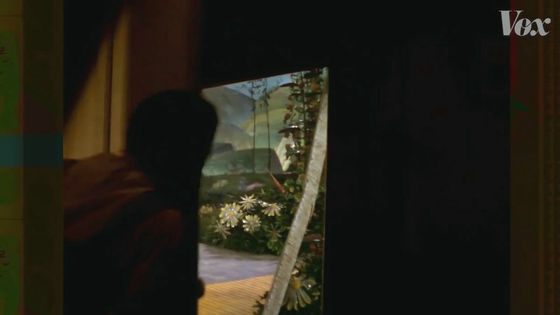
Dorothy is already in the technicolor world, even in the house, opening the door of the monotone world's house, moving to the world of technicolor.
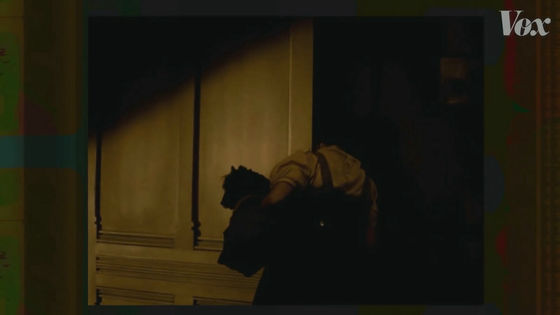
Currently, you can select monotone by selecting range and clicking ... ...
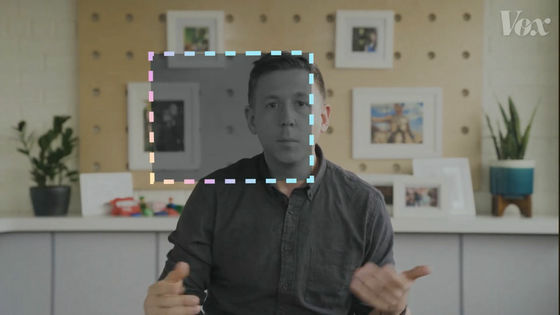
In those days Dorothy 's house was dyed sepia with considerable power skill. The fact that I built this sepia house shows how the technological constraints of Technicolor made all color movies.

This is one of the cameras I used to photograph "Oz's Wizard". Since it was necessary to shoot with three films at the same time, there is a weight of about 180 kg to about 230 kg per one, which is huge than a normal movie shooting camera. In addition to simply requiring space, we needed as much light as possible when shooting.
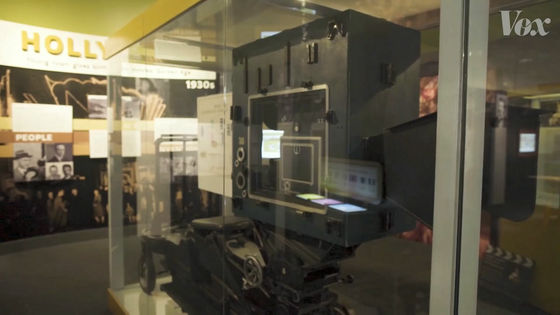
For this reason, it seems that the temperature has reached nearly 40 ° C in the set being filmed.
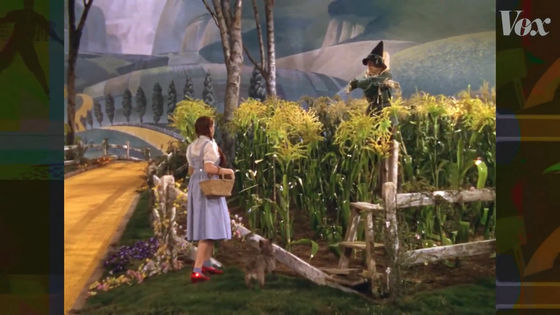
However, technicolor was decided to be used for a long time, because the advantage was much higher, such as changing the color that you wanted to emphasize depending on the scene.

"Third lie" opens the door Dorothy is fake.
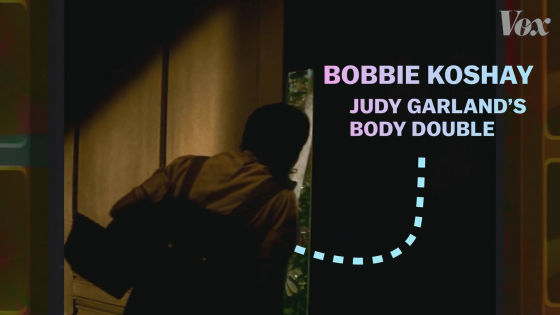
She is a Dorothy shadow wearing clothes and make-up that blend with the color of the world of monotone.
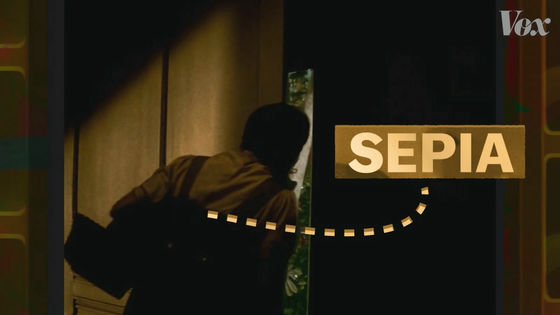
After the shadow warrior opens the door, real dorothy wearing costumer costumes appears.
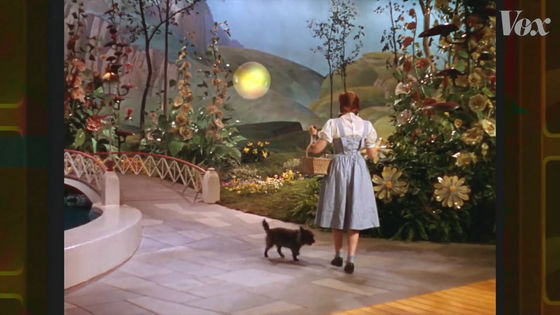
This is not the only ability of Technicolor. The shoes worn by the scene where the witches are underlining the house are ruby colors.
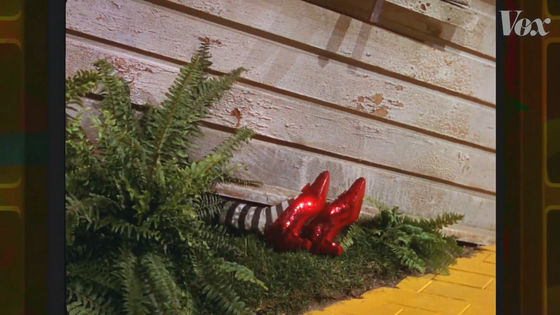
In the original script, the witch's shoes were silver, but with the intention of "Technicolor", it was changed to a ruby shoe that shines in a set.
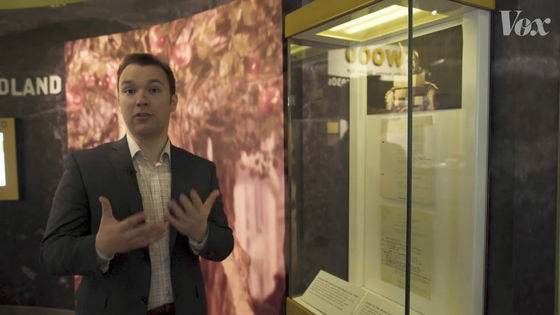
Looking at end credits such as "Oz's Wizard", "Hill's Monopoly" and "Star Birth", the name "Natalie Kalmus" comes up.
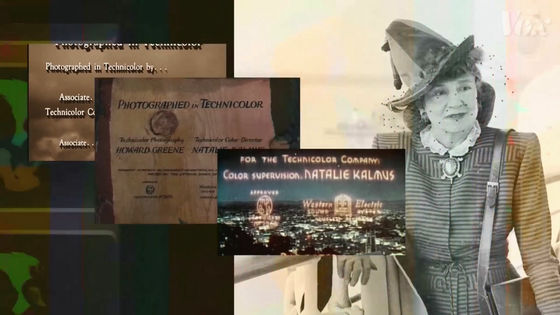
After marrying Herb Kalmus, co-founder of Technicolor, Natalie Kalmus has great power to the film industry as a Technicolor adviser and will later appear in credits of over 300 movies. Natalie Kalmus'sIMDb pageI think that you can see how much influence it had.
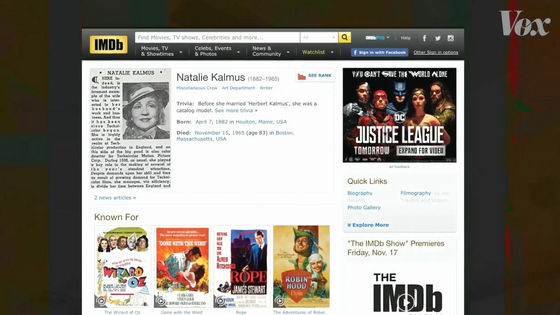
Technicolor has its own camera crew and printing facility, technology is monopolized. It goes without saying that even after Natalie Kalmus left the company there was tremendous influence until Technicolor was obsolete.
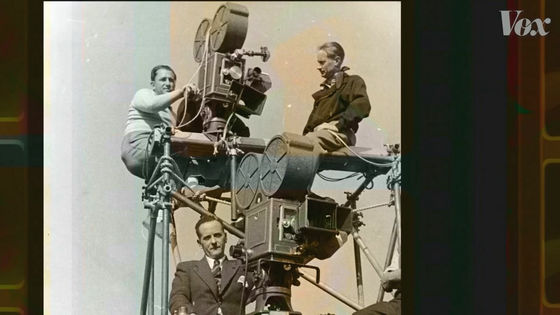
With the advancement of photography technology, Technicolor's printing facility was closed at the end of the production of "Godfather PART 2" in 1974, and the era of Technicolor has come to an end.

Related Posts:







